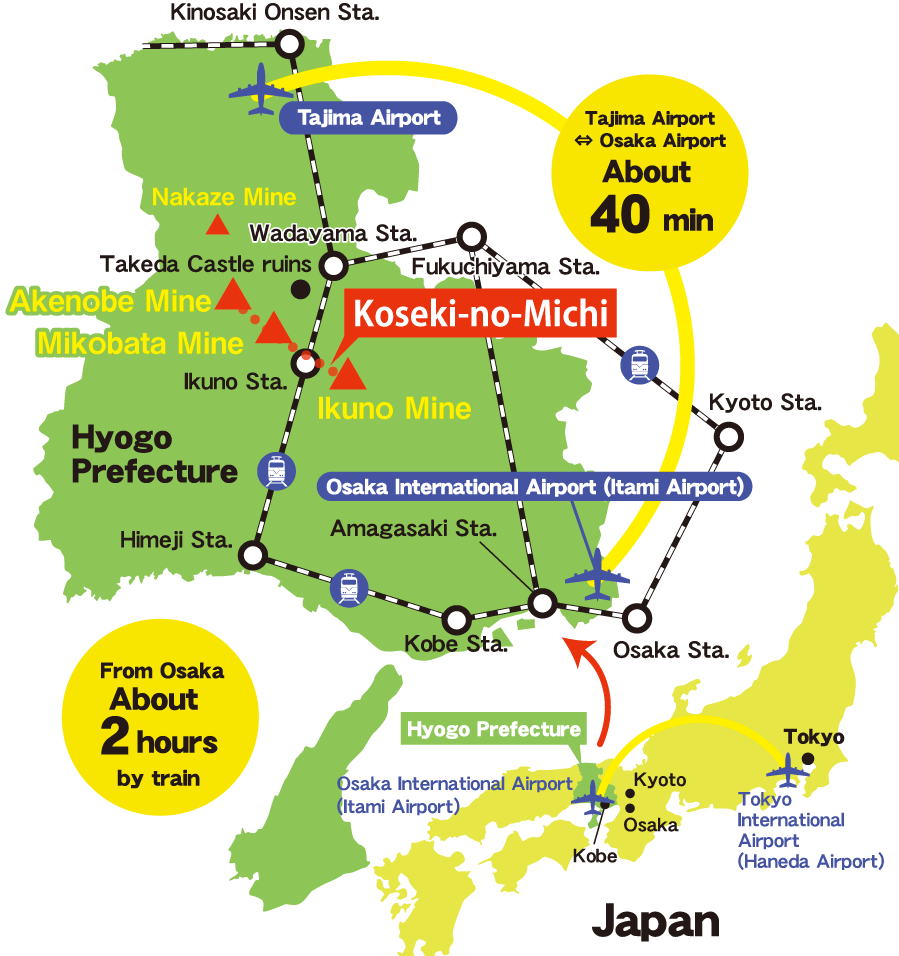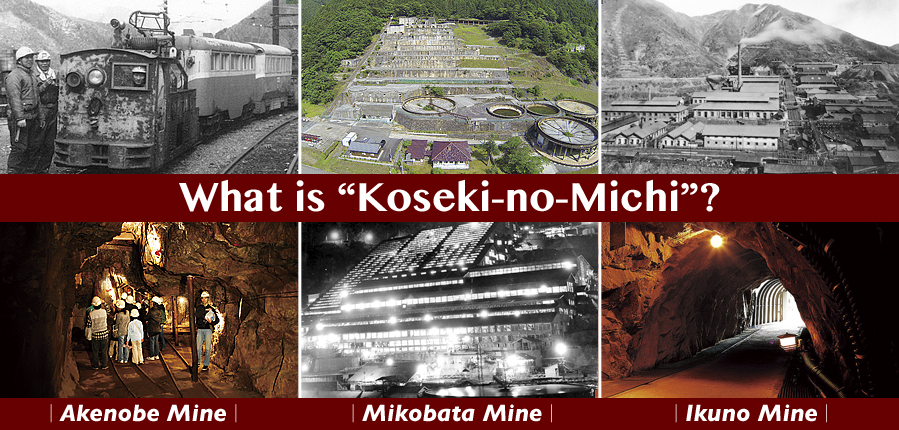
| After the Meiji Restoration, Ikuno Mine (the first government-owned mine in Japan), Mikobata Mine and Akenobe Mine have driven Japanese modernizationas as the first model of modern mines. (Mining development in Japan started it’s modernization from “here”.) The area of three mines were denominated as “Koseki-no-Michi” in 2004. And it was identified as METI (Ministry of Economy, Trade and Industry)’s group of heritage of Industrial Modernization in 2007. You can experience the history of Japanese mines in its entirety in “Koseki-no-Michi”. It is a valuable area of industrial tourism. |
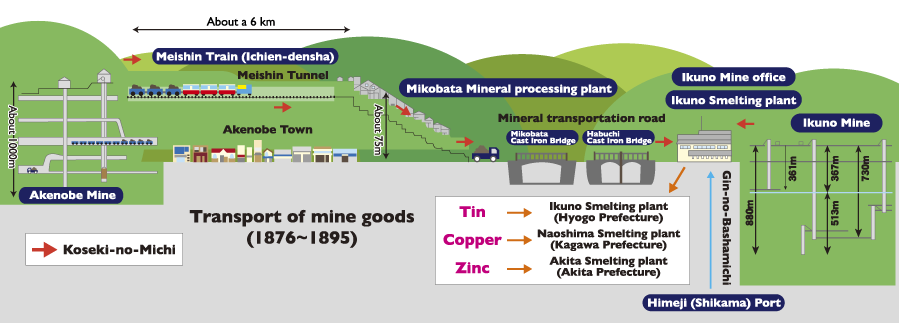
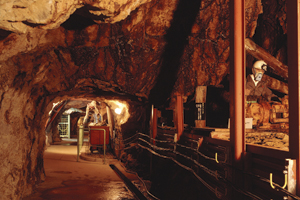 |
Ikuno Mine (Asago City) It is one of Japan’s foremost mine that has 1200 years’ history. It was the first government-owned mine in Japan in the Meiji era (1868 – 1912). After it has closed, a part of the mining tunnel is open to the public. You can have a look at the history of the mine, mineral specimens and so on. |
| Recommended spot! | |||
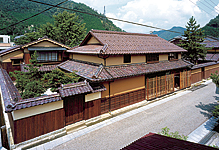 |
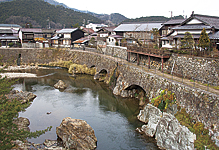 |
 |
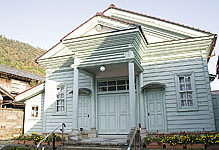 |
| Mikobata Mine (Asago City) There was a big building on a steep mountain slope as mill of ores mined in Akenobe Mine, it was the best mine-producing district in the East. It is installed as a park now, and Muse’s old house is contiguous to it. |
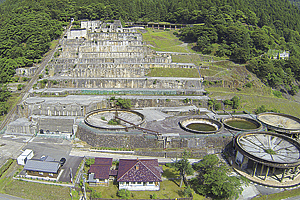 |
| Recommended spot! | |||
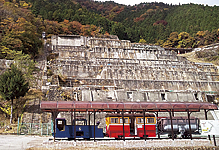 |
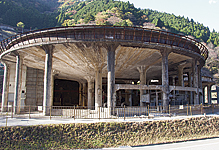 |
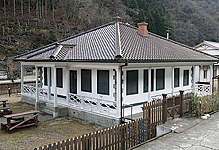 |
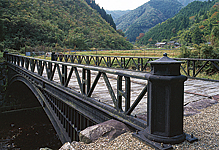 |
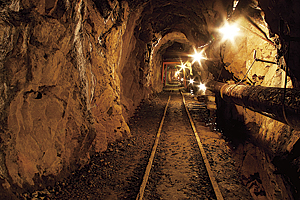 |
Akenobe Mine (Yabu City) It was flourished as the best tin mine in Japan.The mine was closed in 1987, but a part of the mine is open to the public as an exploratory tunnel gallery. You can have a look around it. (and you can try to get on a Ichien-densha.) |
| Recommended spot! | |||
 |
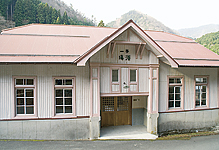 |
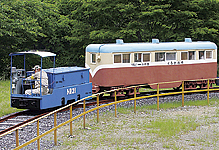 |
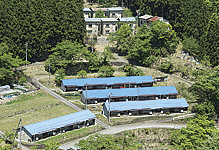 |
| Another mine…, Nakaze Mine (Yabu City) The mine was said that there were the biggest native gold in Japan. “Antimony” was also produced, and excellent refining skills were developed there. Now, 80% of domestic antimonic products are manufactured from imported materials. |
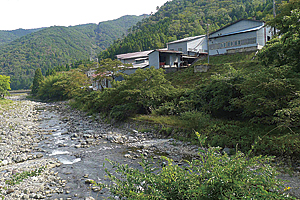 |
